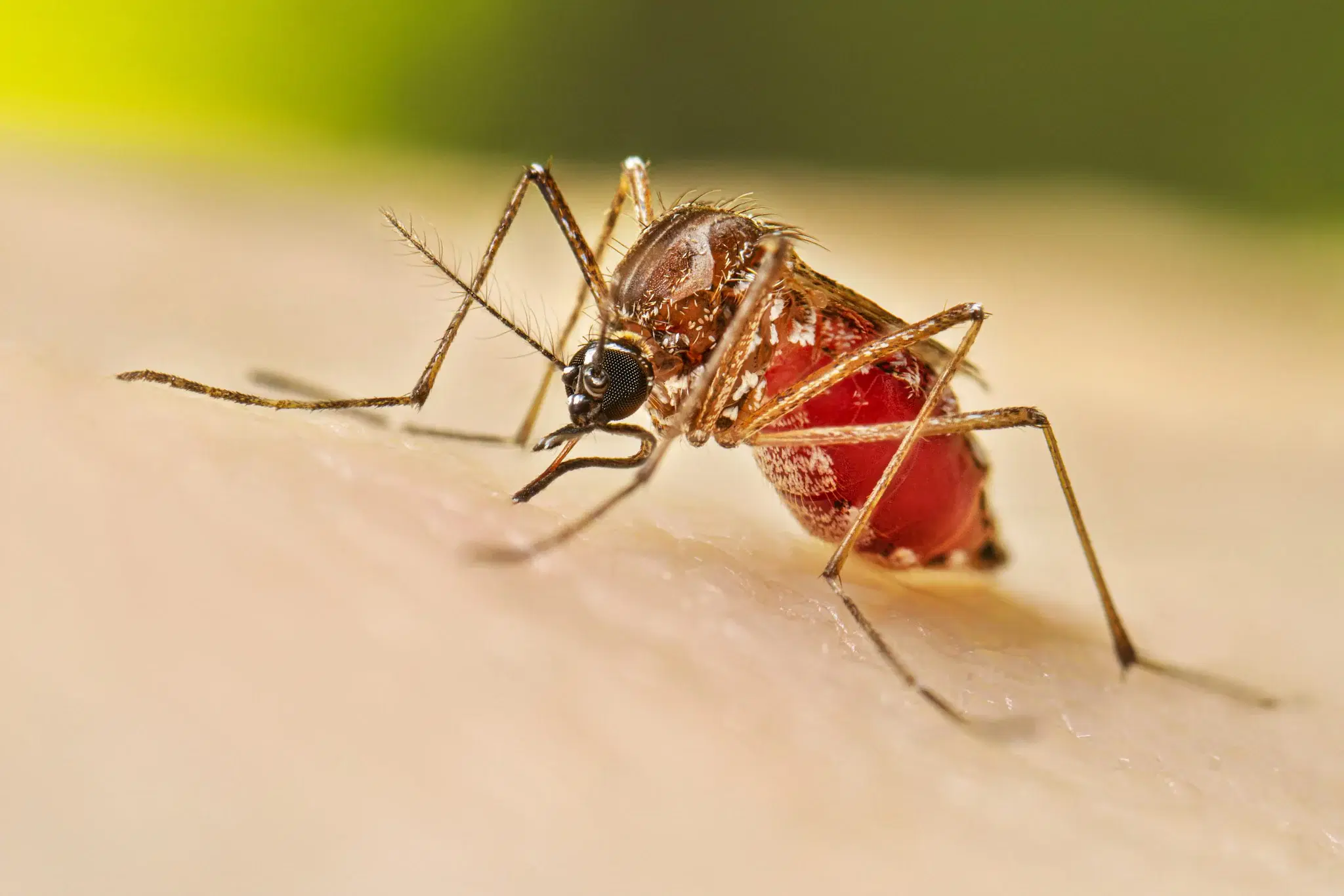Core Features of Cufront
Our platform offers a suite of tools designed to enhance patient care and streamline healthcare operations. Each feature integrates seamlessly into your workflow, delivering insights, improving efficiency, and driving better health outcomes
Queue Management
Optimise patient flow with real-time updates and efficient queue handling to reduce wait times and enhance care delivery.
Dynamic Setup
Adapt to changes effortlessly with a simple, customizable setup that makes configuration and integration a breeze.
e-Health Record Management
Streamline patient data with secure, easy-to-access digital records that improve accuracy and coordination of care.
Billing & Finance
Simplify financial processes with integrated billing and finance tools that ensure accuracy, simplify transactions, and enhance revenue management
Video Consultation
Facilitate remote care with seamless video consultations that connect patients and providers effortlessly, anytime, anywhere.
Tech Support
Receive dedicated support with responsive assistance that ensures your system operates smoothly and helps resolve any issues efficiently.
A Complete Package forHealthcare Providers
Our platform delivers a complete package designed to meet the diverse needs of healthcare providers. From enhancing efficiency and patient care to ensuring seamless integration and robust data security, we offer everything you need for a streamlined, effective healthcare solution.
Enhanced Efficiency
Streamline operations with integrated tools that save time and reduce manual work.
Improved Patient Care
Offer more personalized and timely care with advanced technology.
Core Capabilities forHealthcare Excellence
Unlock the full potential of your practice with our core capabilities. Each feature is meticulously designed to elevate patient care, streamline administrative tasks, and integrate seamlessly with your existing systems for a comprehensive healthcare solution.


Trusted by Clinics and Hospitals
Advanced technology revolutionising healthcare, enhancing patient outcomes and streamlining medical processes. Innovative solutions deliver efficient and high-quality care.
20K+
Patients
50K+
Appointments
100+
Doctors
Follow us
Join With Us Today & Increase Your Productivity
Unlock greater productivity with our innovative solutions—contact us to explore how we can support your success and streamline your operations.
Latest News & Blogs
Stay informed with the latest updates and insights in health and medical fields. Explore our blogs and news articles for expert analysis, trends, and practical tips to enhance your knowledge and practice.

Get to Know and Understand Dengue Fever...
Dengue fever has developed into one of the leading global health concerns, specifically for the areas of the world that are identified as tropical and subtropical. With the increase in urbanization that is occurring in those areas of the world, the perfect breeding conditions are established for the propulsion of the Aedes aegypti mosquito. This mosquito is described as the main vector of dengue worldwide. Among the Aedes aegypti mosquitoes, some are proportionally highly adapted and widely distributed in both rural and urban areas. It breeds in man-made containers, whereas larvae prefer temporary standing water in a sunny location and can be found in anything that holds water.
The dengue virus comes in four different serotypes: DENV-1, DENV-2, DENV-3, and DENV-4. That literally means that a single person could actually experience up to four infections of dengue in their lifetime, with each one being from one of the different serotypes. The first infection is usually asymptomatic or only causes classic dengue fever, and this could easily be controlled with supportive care. But once a different serotype infects a person, the risk of experiencing some severe complications is actually high. It is through the help of a process called antibody-dependent enhancement (ADE) that the antibodies resulting from the previous infection actually allow the new serotype to enter the cells, thereby causing a heavier immune response.
Symptoms of dengue appear 4-10 days after the mosquito bite and can range from mild to severe. Initial signs of the disease manifest as the abrupt development of high fever, the presence of severe headaches, pain behind the eyes, and joint and muscle pain; thus, dengue earned its nickname, the "breakbone fever." A characteristic rash tends to appear. In mild cases, there may be slight bleeding from the nose or gums. Most patients recover within one week, but a few patients proceed to severe dengue: a potentially deadly evolution of the disease that involves plasma leakage, leading to fluid accumulation; severe bleeding; organ damage; and, if not treated correctly using modern Western medical methods, death in some cases.
The cases of dengue are increasing at an alarmingly high rate worldwide. Contributing factors for the increase in numbers are the associated climatic factors, which expand the geographical spread of Aedes mosquitoes; increased traveling and trade; and inadequate control measures applied against mosquitoes. Since no antiviral medication has been specifically developed for dengue, management aims at providing good supportive care by way of hydration, analgesia, and close monitoring for complications.
Since the disease is transmitted by mosquitoes, dengue control is highly dependent on the control of mosquitoes and avoiding their bites. This could be through various means, including the traditional methods of chemical and biological controls such as indoor and outdoor residual spraying and larviciding. Others include clearing bushes and drainages, use of repellent, protective clothing, and fixed window and door screens. A public health campaign should clearly take precedence in the dissemination of these preventative measures.
In short, dengue fever is a re-emerging threat with first priority on the global agenda. Knowledge of the causes and signs of this disease is the first step in the combat against dengue, but action to avoid and detect it early are needed to lessen its impacts.

The Hidden Cost of Dengue: Unveiling the...
The Hidden Cost of Dengue: Unveiling the Economic and Social Burden on India
Dengue fever has risen, like a viral illness, at rapid velocity and has come to threaten the Indian subcontinent. It turned into a cause of huge expenditure toward healthcare, reduced workforce, and social disturbances, more prevalent in the urban centres resulting from the consequent surge of dengue cases. This paper tries to explore how dengue fever is infecting the Indian economy and society at large, and the consequent remedial actions to counteract its impact.
Economic Impact: High Cost of Treatment and Productivity Loss
The financial outlay associated with dengue in India is multi-dimensional. On the treatment front, direct costs associated with hospitalisation, medication, and laboratory tests are very strong. These can be crippling, more so for low-income groups or families in which one member has fallen victim to the infection. In the case of dengue, this hospitalisation can run into thousands of rupees, which many families could afford only through loans or by selling their assets. A study reported that, in India, the mean estimates for the treatment of a hospitalised patient for dengue are about ₹61,000, which is a high expenditure incurred in many households.
The indirect costs, the incremental effect of which adds more economic distress. Treatment usually requires patients to be bedridden for most of the weeks that the dengue illness persists, hence loss of working days directly results in a loss of income. Especially hard hit are people who depend on earning through daily wages to look after their families. The loss in productivity does not just affect the individual but rather generally affects the economy. Second, outbreaks can override the writ of whole communities with regard to business, schools, and other public services as the scope widens.
Social Impact: Pressure on Healthcare and Public Panic
The social impact of dengue, too, is no less serious. Every outbreak of dengue continues to overstretch the health system of India. Of course, with an increased number of serious dengue cases during the peak season, it results in the overstretching of hospitals and clinics in most thickly populated towns and cities. Obviously, it leads to overcrowding, diverts resources away from other pressing healthcare needs, and further fuels the public health crisis.
Moreover, the dreaded fear and anxiety with dengue outbreaks at times even disrupts social–relationship causes. Thus, communities that are characterised by below-par public-health conditions and proper sanitation have a very high perception of risk. These conditions go on to further escalate panic due to a lack of awareness about the disease and some forms of misinformation.
The Challenge: A Multi-Pronged Approach
Systemic investment in public health infrastructure, access to affordable quality health care services, and other intervention arrangements for appropriate vector control shall offset the otherwise possible economic and social impacts of the diseases. Public sensitization and education campaigns that target communities to sensitise them to take preventive measures to destroy mosquito breeding grounds are also to be carried out. The control of the long-term burden of disease through investments in research and development of vaccines and treatments for it will be an additional benefit.
Conclusion
Dengue is not a deadly disease in comparison to its other counterpart diseases. However, it has further embedded its impact on India's economy and its social life. Now, a strong and managed response from the health sector is a demand of society and policymakers.

Are Supplements a Magic Bullet for Healt...
Are Supplements a Magic Bullet for Health?
The rapidly changing world of health and wellness is abuzz with supplements that are claimed to be magic bullets against all kinds of health woes. Energizers, pills to prevent chronic diseases—you name them, and there they are. But can supplements really replace a balanced diet?
The Myth: Supplements Can Replace a Balanced Diet
There is a general notion that supplements are easier and more efficient ways to get all the necessary nutrients into the body. It literally means that if one takes some multivitamins or specific nutrient supplements every day, there is no need to worry about maintaining a balanced diet. The idea of "quick fixes" is tempting, especially when hectic routines make it difficult to focus on proper nutrition.
Reality: Supplements as Complements, Not Replacements
"Supplements should complement, not replace, a balanced diet," says Dr. Maria Lopez, a clinical nutritionist. Whole foods are packed with complex nutrition that no supplement on the market can fully replicate. While supplements can provide specific vitamins or minerals, they cannot offer the synergistic effects that whole foods deliver.
Fruits, vegetables, grains, and lean proteins are whole foods that provide an array of nutrients essential for health, such as fiber, antioxidants, and phytochemicals, all working together in the body. These compounds may have a synergistic effect that enhances the absorption and utilization of these nutrients by the body.
Data Insight: What the Research Says
A study in The New England Journal of Medicine recently noted that some supplements—such as vitamin D or omega-3 fatty acids—have an overall positive effect in certain cases but do not replace the benefits of a varied and balanced diet. The authors emphasized that whole foods provide a complex mix of nutrients and compounds that supplements cannot replicate on their own.
The study also cautioned that over-reliance on supplements can lead to imbalances and even dangerous excesses of particular nutrients. For instance, fat-soluble vitamins A, D, E, and K, when taken excessively, can be stored in the body and become toxic.
Eat a Balanced Diet
Think of supplements more as an insurance policy to cover any nutritional inadequacies in your diet, rather than as a replacement for good nutrition. A balanced diet should form the foundation of any health regimen. Ensure you have a broad base of nutrient-dense foods in your diet by aiming to include these daily:
- Fruits and Vegetables: Dense sources of vitamins, minerals, and antioxidants.
- Whole Grains: Good sources of fiber and essential B vitamins.
- Lean Proteins: Including fish, poultry, legumes, and nuts, these provide for muscle health and the general functioning and sustenance of the body.
- Healthy Fats: Avocados, nuts, and olive oil supply essential fats needed for brain health and help regulate inflammation.
Always consult with a healthcare professional before starting any supplement regimen, as they can help determine your individual needs and check for potential interactions with medications or underlying health conditions.
Conclusion
While supplements have their value in supporting health, they should not replace a good diet. Whole foods offer comprehensive nutritional intake and other benefits that no dietary supplement can match. By keeping a diverse and whole food diet as the first line of defense and using supplements judiciously, you will be better equipped to support your health.


Send a message
Find us
Our Location
B1-601, Bella Vista Empress, Shankar Kalate Nagar, Wakad, Pune, Maharastra, India, 411057










